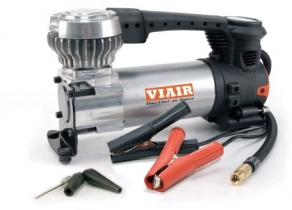-
Welcome to Tacoma World!
You are currently viewing as a guest! To get full-access, you need to register for a FREE account.
As a registered member, you’ll be able to:- Participate in all Tacoma discussion topics
- Communicate privately with other Tacoma owners from around the world
- Post your own photos in our Members Gallery
- Access all special features of the site
Fuel economy of the 2016 tacoma
Discussion in '3rd Gen. Tacomas (2016-2023)' started by smugly, Jul 24, 2015.
Page 4 of 20
Page 4 of 20


 Fridge Noises
Fridge Noises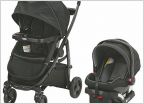 Infant car seat, will this fit?
Infant car seat, will this fit?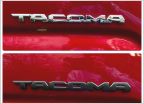 Exterior Blackout Overlays
Exterior Blackout Overlays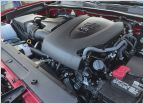 Fuel additive?
Fuel additive?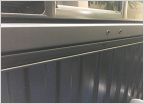 Bed Header Rail
Bed Header Rail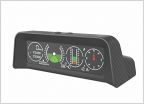 Upgrade gauge cluster
Upgrade gauge cluster

